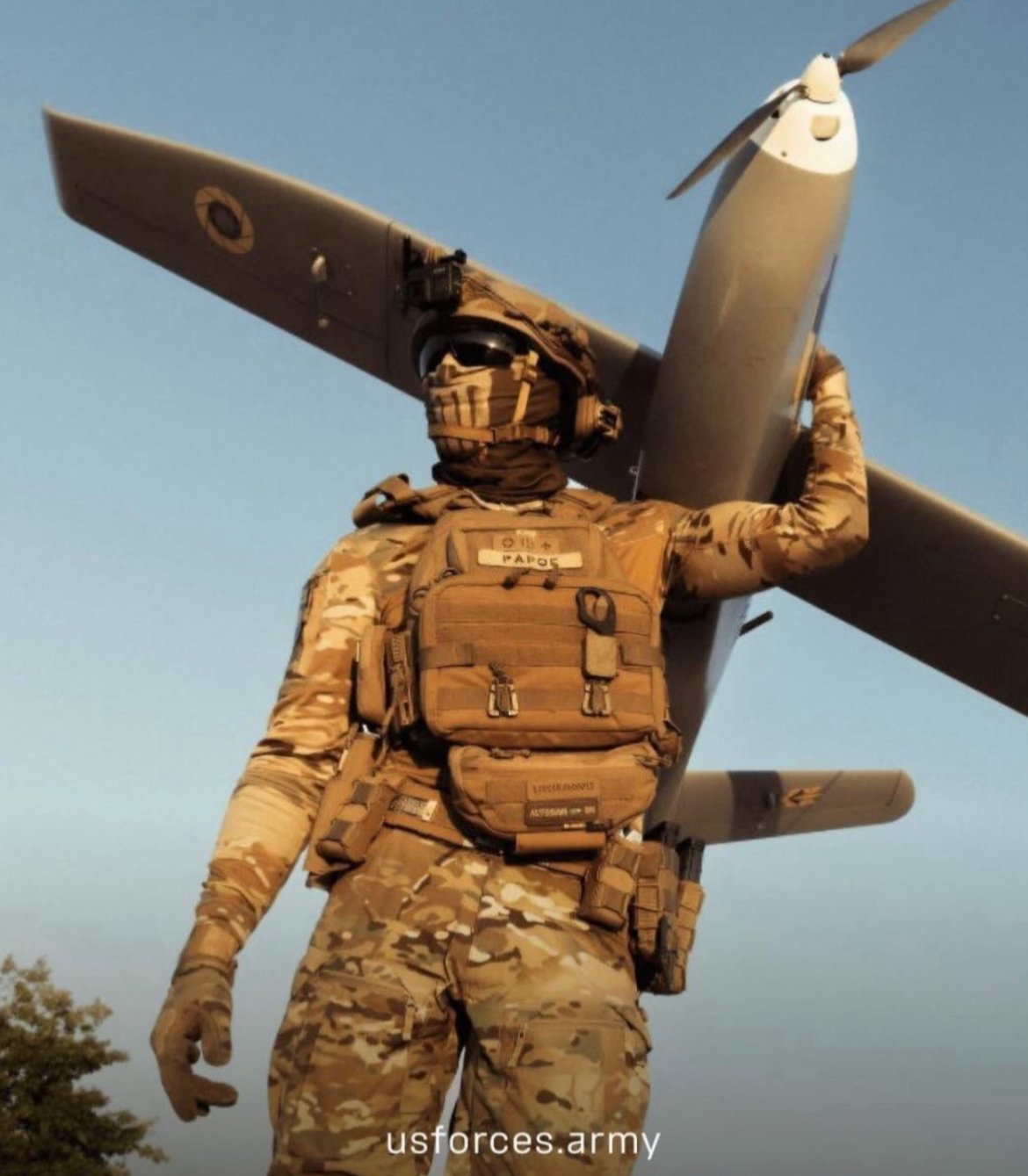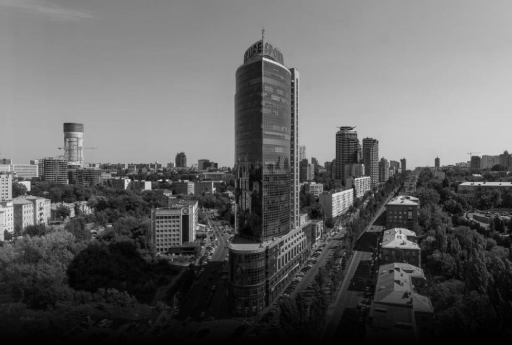active and purposeful military lawyer with more than 4 years of experience
Law on mobilization: main changes
Introduction
Due to changes in the security situation and the needs of national defense, the legislative framework for mobilization has undergone significant changes. The updating of legislation is aimed at increasing the effectiveness of mobilization measures, ensuring the rights of conscripts and adapting to modern challenges. In this article, we will consider the main changes in the mobilization law that have been implemented recently.
Major changes in legislation
Expansion of the categories of persons subject to mobilization
One of the key changes is the expansion of the list of people who can be mobilized. The updated law envisages the possibility of mobilizing not only conscripts, but also reservists and citizens who had no previous military experience, but could be useful for the country's defense.
Changes in categories of exemption from mobilization
The legislation also specified and expanded the list of persons exempted from mobilization. This list includes:
Persons who have three or more children under the age of 18;
Persons who take care of sick or disabled relatives;
Persons with disabilities;
Full-time students and graduate students.
These changes are aimed at ensuring social justice and reducing the negative impact of mobilization on certain categories of citizens.
Implementation of electronic messages
One of the innovations is the possibility of using electronic messages to call conscripts. This significantly speeds up and simplifies the process of informing citizens about mobilization measures.Conscripts can receive notifications through government electronic platforms, such as the Diya portal.
Increasing responsibility for evasion of mobilization
In order to increase discipline and responsibility, the law provides for stricter sanctions for evasion of mobilization. This includes increased fines and criminal liability for failure to appear on a summons without good reason.
Rights and obligations of conscripts
Workplace protection
The law guarantees the preservation of the workplace and average earnings of mobilized workers for the entire period of service. This is an important aspect of social protection, which allows mobilized people not to worry about their employment after demobilization.
Social guarantees
Mobilized citizens receive a number of social guarantees, including medical care, life and health insurance, and benefits for their family members. This helps to increase the motivation and social security of the mobilized.
Mobilization procedure
Updating data
Conscripts are obliged to timely update their data at military commissariats. Thanks to the introduction of electronic services, such as the Diya portal, this process has become much easier.
Passing the medical commission
Before mobilization, citizens undergo a medical examination to determine their fitness for military service. If medical contraindications are detected, the person may be released from mobilization or referred for treatment.
Preparation and training
After mobilization, individuals are trained and trained according to their military specialty.This includes both theoretical classes and practical training on training grounds.
You may be interested in reading articles on such topics as:
collection of debt from wages recovery of wages through court recovery of wage arrears recovery of wages recovery of wages in court recovery of wages through court recovery of unpaid wages recovery of wage ar

































